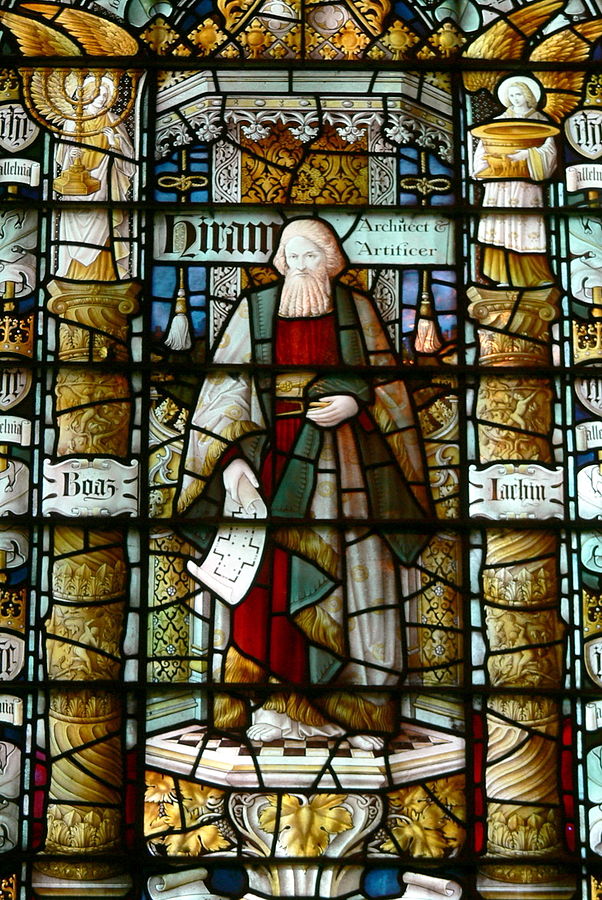Two Israeli archaeologists announced that they have found a palace and royal storehouse that belonged to King David. The 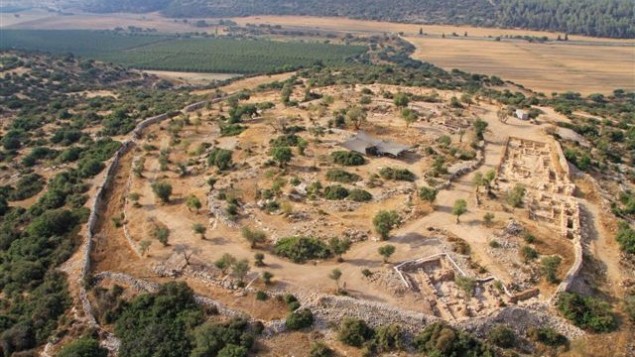 two buildings are the largest structures standing during the tenth century BCE to have been found in the territory of the Kingdom of Judah.
two buildings are the largest structures standing during the tenth century BCE to have been found in the territory of the Kingdom of Judah.
The discovery was made at Khirbet Qeiyafa near Beit Shemesh southwest of Jerusalem, said Professor Yossi Garfinkel of the Hebrew University and Saar Ganor of the Israel Antiquities Authority on Thursday. Over the past year, the researchers uncovered the two buildings at the site, which is believed by some to be the fortified Judean city of Shaarayim. According to the biblical record, after David smote Goliath, the Philistines were slaughtered on the road to Shaarayim as they fled. Shaarayim means “two gates,” and Khirbet Qeiyafa has two gates in its walls.
The two archaeologists identified one building as David’s palace and the other as a massive royal storeroom. The excavation of the site as a whole has stretched on for seven years.
When David would visit this important regional center, “he definitely didn’t live in a simple home,” Ganor told The Times of Israel.
“Khirbet Qeiyafa is the best example exposed to date of a fortified city from the time of King David,” read a statement released by the researchers. “The southern part of a large palace that extended across an area of c. 1,000 sq m was revealed at the top of the city. The wall enclosing the palace is c. 30 m long and an impressive entrance is fixed it through which one descended to the southern gate of the city, opposite the Valley of Elah. Around the palace’s perimeter were rooms in which various installations were found – evidence of a metal industry, special pottery vessels and fragments of alabaster vessels that were imported from Egypt.”
“This is the only site in which organic material was found — including olive seeds — that can be carbon-14 dated” to the period of King David’s reign, Israel Antiquities Authority spokeswoman Yoli Schwartz told The Times of Israel.
In addition, the location of the buildings fit the requirements of an Iron Age palace. “The palace is located in the center of the site and controls all of the houses lower than it in the city. From here one has an excellent vantage looking out into the distance, from as far as the Mediterranean Sea in the west to the Hebron Mountains and Jerusalem in the east. This is an ideal location from which to send messages by means of fire signals.”
Garfinkel and Ganor believe that the pillared building, 15 meters (49 feet) long by 6 meters wide in the north of the city, was used as a royal storeroom. “It was in this building the kingdom stored taxes it received in the form of agricultural produce collected from the residents of the different villages in the Judean Shephelah,” they said. “Hundreds of large store jars were found at the site whose handles were stamped with an official seal as was customary in the Kingdom of Judah for centuries.”
They see the finds as evidence of centralized construction and royal administrative organization during King David’s rule. “This is unequivocal evidence of a kingdom’s existence, which knew to establish administrative centers at strategic points,” they argued. “To date no palaces have been found that can clearly be ascribed to the early tenth century BCE as we can do now. Khirbet Qeiyafa was probably destroyed in one of the battles that were fought against the Philistines circa 980 BCE. The palace that is now being revealed and the fortified city that was uncovered in recent years are another tier in understanding the beginning of the Kingdom of Judah.”

Moe is the founder of GnosticWarrior.com. He is a father, husband, author, martial arts black belt, and an expert in Gnosticism, the occult, and esotericism.

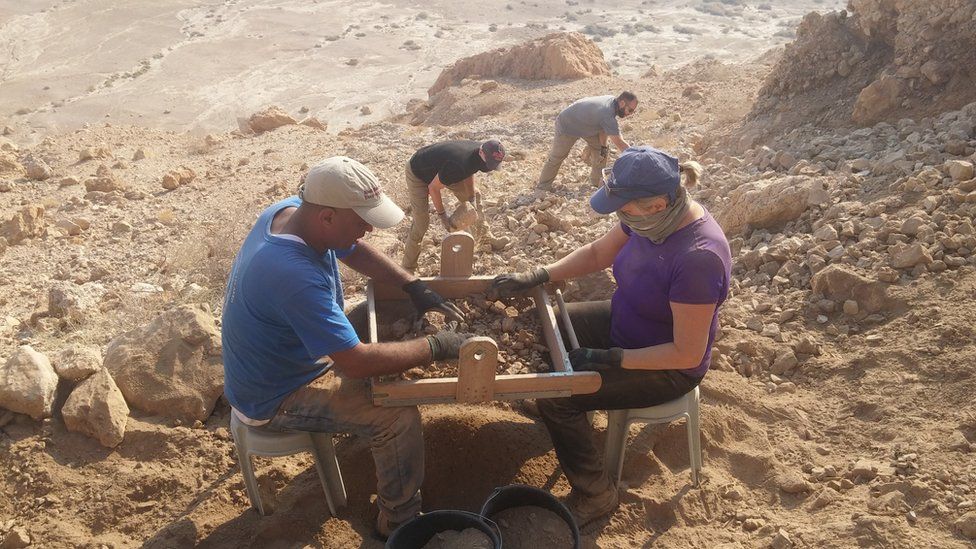

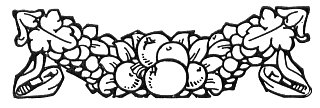

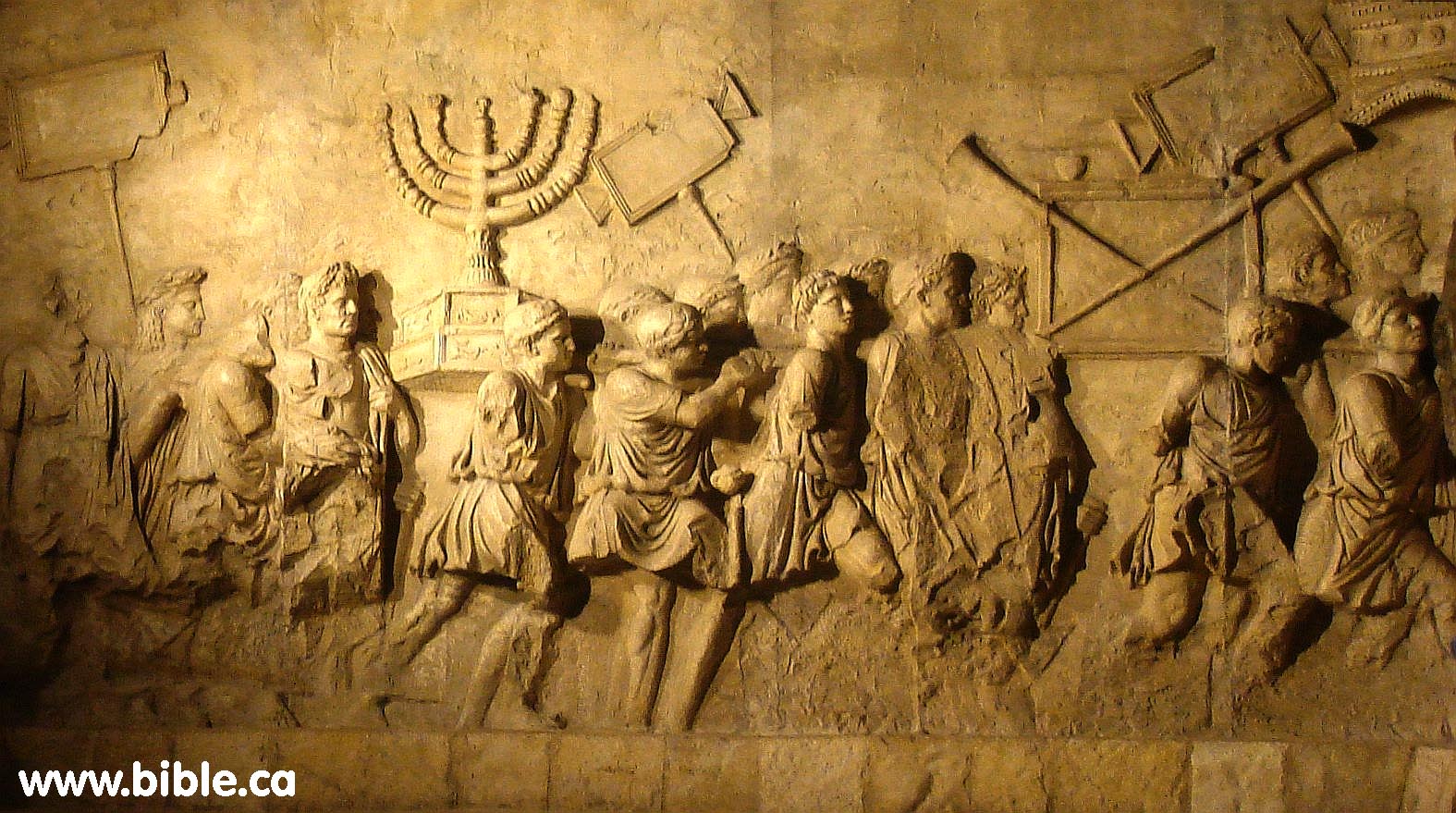
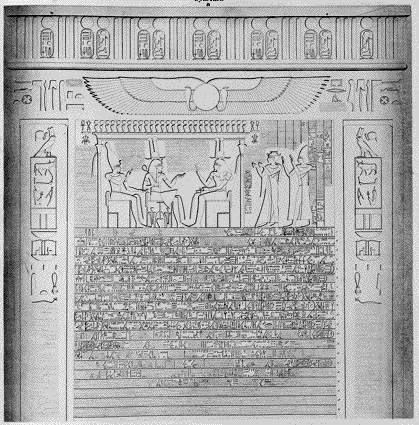
![How King Caedwalla, king of the Gewissae, having slain Ethelwalch, wasted that Province with cruel slaughter and devastation [685 A.D.] | Book 4 | Chapter 15 How King Caedwalla, king of the Gewissae, having slain Ethelwalch, wasted that Province with cruel slaughter and devastation [685 A.D.] | Book 4 | Chapter 15](https://www.gnosticwarrior.com/wp-content/plugins/contextual-related-posts/default.png)
